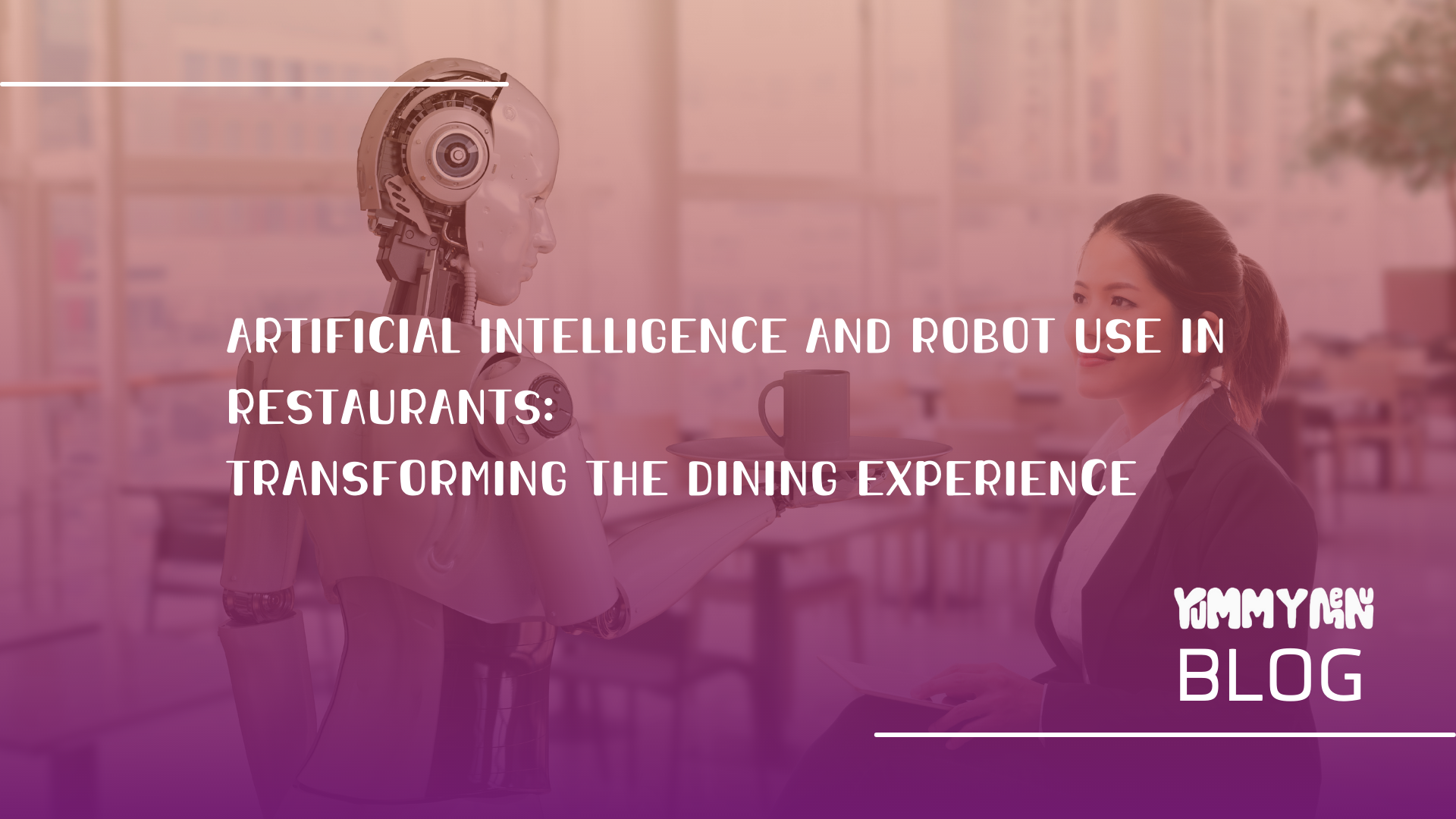
Artificial Intelligence and Robot Use in Restaurants: Transforming the Dining Experience
Over the past decade, artificial intelligence (AI) and robotics have made significant strides in various industries, and the restaurant sector is no exception. From automating repetitive tasks to enhancing customer service, AI and robots are revolutionizing the way restaurants operate and transforming the overall dining experience. Let's delve into the exciting advancements and potential applications of AI and robots in restaurants.
-
Streamlining Operations: One of the primary benefits of AI and robots in restaurants is their ability to streamline operations and improve efficiency. AI-powered software can automate inventory management, track ingredient availability, and optimize supply chain logistics, ensuring that restaurants are well-stocked and reducing waste. Robots can also be utilized in the kitchen to perform repetitive tasks, such as chopping vegetables or flipping burgers, freeing up human chefs to focus on creativity and culinary expertise. This automation leads to faster service, increased productivity, and improved overall workflow.
-
Enhanced Customer Service: AI and robots have the potential to elevate customer service in restaurants. Chatbots, powered by AI algorithms, can handle customer inquiries, take reservations, and provide personalized recommendations based on customer preferences. These virtual assistants can offer 24/7 support, reducing the burden on restaurant staff and improving response times. Additionally, robots equipped with AI capabilities can act as greeters, guiding customers to their tables and providing information about the menu or daily specials. These interactive robots create a unique and memorable dining experience, delighting customers and setting restaurants apart from their competitors.
-
Contactless Ordering and Payment: In a post-pandemic world, contactless technologies have gained significant traction, and AI and robots can facilitate seamless ordering and payment experiences. AI-powered self-service kiosks or tabletop tablets allow customers to browse menus, place orders, and customize their meals according to their preferences. These systems can also integrate with payment gateways, enabling customers to pay using various methods, including mobile wallets or credit cards. By reducing the need for physical contact and minimizing wait times, AI and robots enhance convenience and improve overall customer satisfaction.
-
Personalized Dining Experiences: AI algorithms can analyze customer data, such as past orders, preferences, and dietary restrictions, to provide personalized dining experiences. By leveraging this information, restaurants can offer tailored recommendations, suggest menu items that match individual tastes, or even create customized dishes. AI can also assist in wine pairings or suggest complementary menu items, elevating the overall dining experience and leaving customers with a sense of personalized attention.
-
Menu Optimization and Predictive Analytics: AI can help restaurants optimize their menus by analyzing customer feedback, sales data, and market trends. By identifying popular dishes and understanding customer preferences, AI algorithms can assist in menu engineering, helping restaurants prioritize and promote items that are likely to be successful. Furthermore, AI's predictive analytics capabilities can anticipate demand, enabling restaurants to make informed decisions about inventory management, staffing, and pricing strategies.
-
Multilingual Support: Restaurants often cater to diverse customer bases, including international tourists or patrons with varying language preferences. AI-powered translation technologies can bridge language barriers, allowing restaurants to offer multilingual menus or provide real-time translation assistance through voice or text-based communication. This feature enhances inclusivity, improves communication, and fosters a welcoming environment for customers from around the world.
-
Sanitation and Hygiene: Maintaining high standards of sanitation and hygiene is of utmost importance in the restaurant industry. Robots equipped with UV-C light or other disinfection mechanisms can autonomously clean and sanitize dining areas, kitchen surfaces, and even utensils, reducing the risk of contamination and ensuring a safe dining environment for both customers and staff. AI-powered systems can also monitor food quality and safety parameters, alerting restaurant operators to potential issues and minimizing the chances of foodborne illnesses.
While AI and robots are making significant strides in the restaurant industry, it's important to note that they are not intended to replace human workers. Instead, their integration aims to augment human capabilities, allowing staff to focus on tasks that require creativity, critical thinking, and personalized customer interactions.
As AI and robotic technologies continue to evolve, the possibilities for their application in restaurants are virtually limitless. Streamlining operations, enhancing customer service, enabling contactless experiences, personalizing dining interactions, optimizing menus, facilitating multilingual support, and ensuring sanitation and hygiene are just a few examples of how AI and robots are transforming the dining experience. By embracing these advancements, restaurants can stay ahead of the curve, delight their customers, and thrive in an increasingly technology-driven world.
